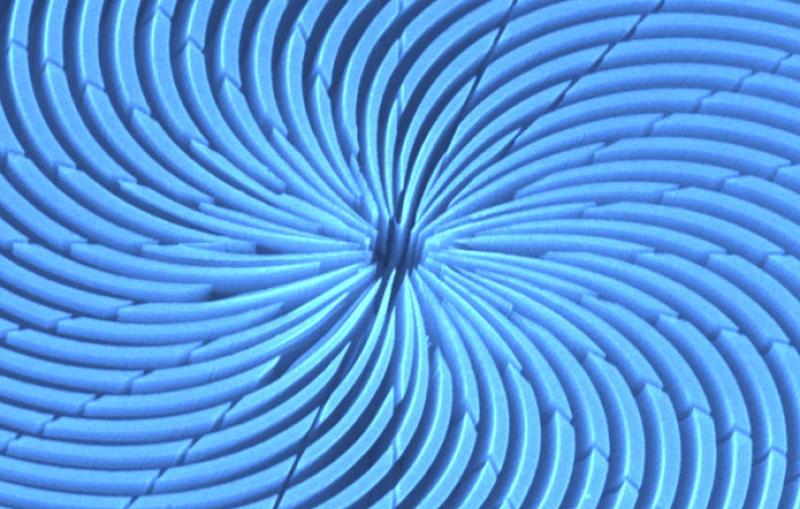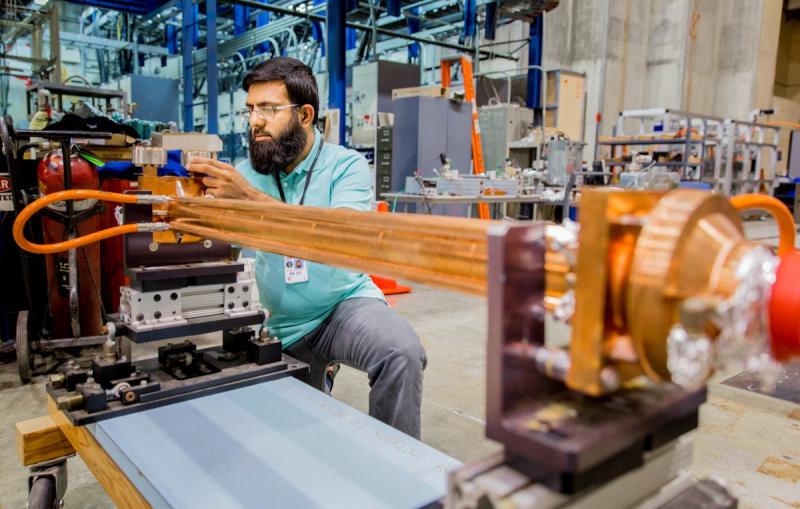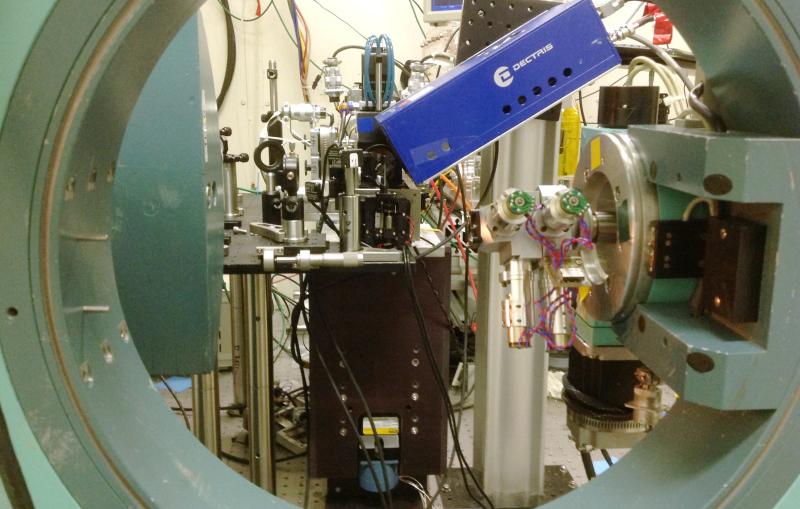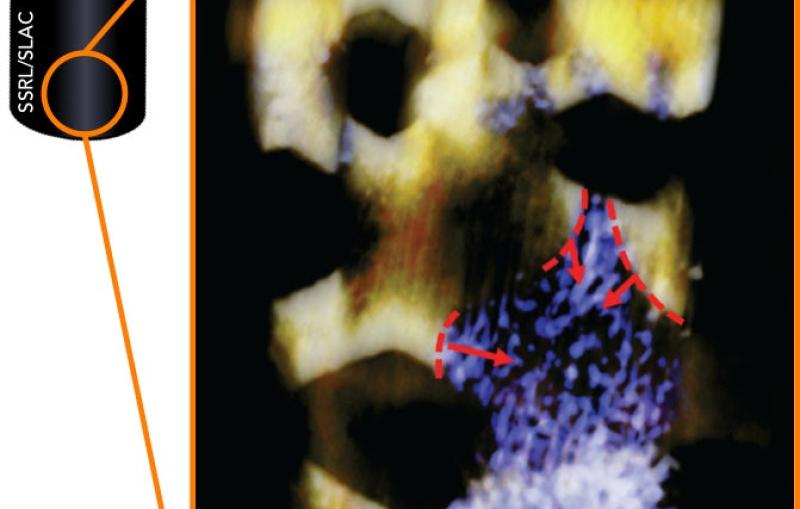
Illustration
X-ray laser pulses probe water droplets like these to discover water’s hidden (and sometimes bizarre) properties.




SSRL is a pioneering synchrotron radiation facility known for outstanding science, technological innovation and user support. It provides extremely bright X-rays that scientists use for a wide range of research that probes matter on the scales of atoms and molecules.

X-ray laser pulses probe water droplets like these to discover water’s hidden (and sometimes bizarre) properties.



